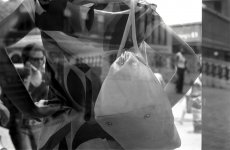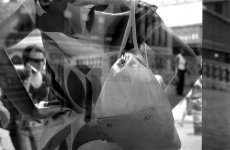Shac
Well-known
Simon - You asked about settings in Photoshop - I'd highly recommend buying
Adobe Photoshop CS2 for Photographers: A professional image editor's guide to the creative use of Photoshop for the Macintosh and PC by Martin Evening & not just for the colour settings
David
Adobe Photoshop CS2 for Photographers: A professional image editor's guide to the creative use of Photoshop for the Macintosh and PC by Martin Evening & not just for the colour settings
David



